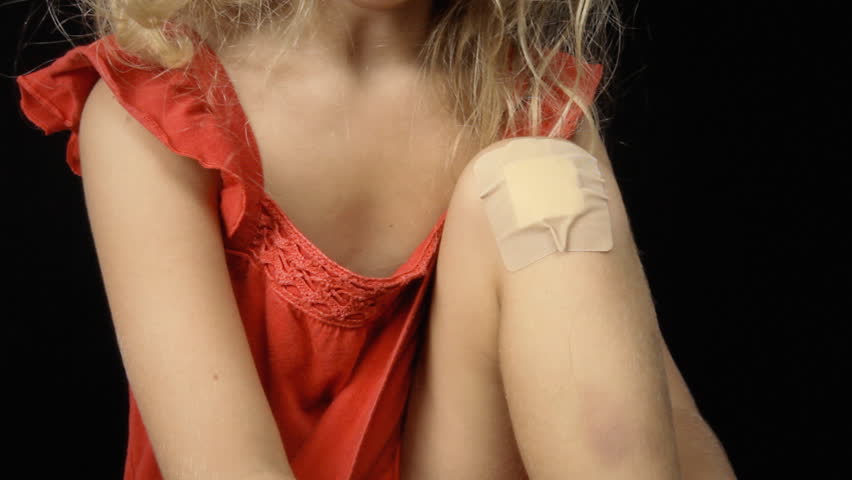Contents:
- Medical Video: Hyperbaric Oxygen Therapy For Wounds That Won't Heal
- Who needs to undergo oxygen therapy?
- What is the procedure for hyperbaric oxygen therapy?
- Risks, side effects, and contra indications of hyperbaric oxygen therapy
- Expected results
Medical Video: Hyperbaric Oxygen Therapy For Wounds That Won't Heal
Ever heard of hyperbaric oxygen therapy? This therapy is known to be useful for treating various medical conditions, especially wounds that do not heal due to certain conditions such as diabetes.
The concept of hyperbaric oxygen therapy is actually very simple. Red blood cells that flow throughout the body are known to carry nutrients and gases needed by various tissues and organs. One of the gases carried by the red blood cells is oxygen. Oxygen is what the body uses to maintain tissue conditions and repair damaged tissue. This concept is applied in the use of hyperbaric oxygen therapy.
Who needs to undergo oxygen therapy?
When you enter the oxygen therapy room, your body will be exposed to air which has a 100% oxygen level and a higher pressure than normal air. This condition will stimulate a faster healing process, because the oxygen delivered to damaged tissue is higher than usual.
Most oxygen therapy is recommended for sufferers of wounds that do not heal, such as burns, gangrene, or radiation-induced injuries. Oxygen therapy is also recommended for those who experience decompression injuries due to:
- dive
- inhale carbon monoxide
- stroke
- traumatic brain injury
What is the procedure for hyperbaric oxygen therapy?
There are two types of rooms commonly used for oxygen therapy. A room specifically designed for one person, or a room that can be used for several people at once. Usually you will be positioned lying down or sitting in the room.
In the room, you will receive oxygen at 100% levels and with a pressure higher than normal air. You only need to sit or lie down while breathing the air. A therapy session can last from one to two hours, and the number of sessions will depend on your health condition.
Risks, side effects, and contra indications of hyperbaric oxygen therapy
The risk of hyperbaric oxygen therapy tends to be low. However, you certainly still need to know the risks that might occur. Because it contains air containing 100% oxygen, the environment around the therapy room tends to be more flammable and explosive. Therefore, you will be asked not to carry any flammable items such as matches, lighter, batteries, or based products petroleum.
During therapy you will also feel pressure on your ears. In rare cases, there will be side effects such as temporary blurred vision, eardrum rupture, lung injury such as pneumothoraxor even seizures. Immediately notify your doctor if you begin to feel discomfort or pain while undergoing a hyperbaric oxygen therapy procedure.
Hyperbaric oxygen therapy is also not recommended for those of you who have the following conditions:
- asthma
- chronic obstructive pulmonary disease (COPD)
- claustrophobia
- high fever
- seizures
- airway infection
- Eustachian tube disorders
- in chemotherapy pulmonary malignancy
Expected results
You may have to undergo several sessions to be able to feel the results of oxygen therapy. This therapy is also usually used in conjunction with other therapies. For example, if your doctor advises you to undergo oxygen therapy because you have a wound that doesn't heal, oxygen therapy will be accompanied by other therapies such as wound care and antibiotics.
For cases with injuries, you will usually need 25 to 30 sessions. Whereas in cases of inhalation trauma, fewer sessions are usually needed. In general, the more chronic your condition, the more sessions you will need.
Talk to your doctor about what specific therapies you can receive according to your medical condition. You can also ask about how many sessions you have to go through. Don't forget, you need to tell your doctor about your medical condition clearly and completely, to avoid unwanted side effects.












